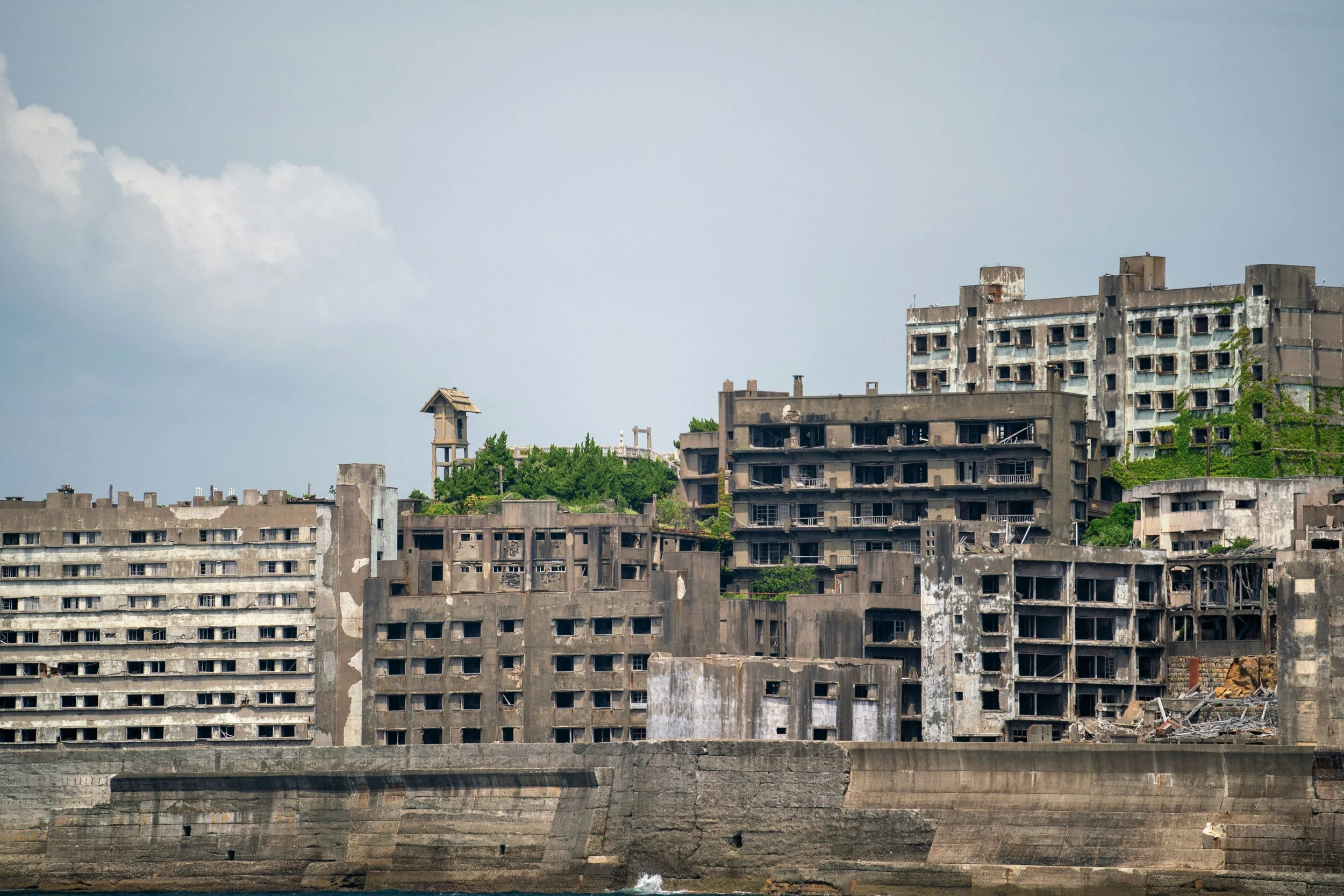Why AI Facilities Are the New Colonizers of Poor and Rural Communities
The arrival of AI facilities and massive data centers is being sold as progress. Rural towns are told these investments will bring jobs, boost local economies, and place them on the technological map. Yet when you look closely, the pattern is familiar. These facilities resemble the old playbook of colonization: extract resources, reap profits elsewhere, and leave the host community managing the fallout.
1. Land & Resource Extraction
Colonizers claimed land for its natural resources. AI facilities do the same, though the resource now is cheap land and abundant energy. Data centers consume enormous amounts of electricity and water. In places where infrastructure is already fragile, locals face rising utility costs and strained systems while corporations walk away with subsidized deals and tax breaks.
2. Jobs Promised, Jobs Denied
One of the most persistent selling points is job creation. Yet once construction is complete, most AI facilities require very few workers. The positions are often specialized and imported rather than sourced locally. Communities end up trading their land and resources for a handful of permanent roles which is hardly the economic transformation they were promised.
3. Environmental Strain
Colonization left behind scarred environments. Today, rural communities hosting AI facilities bear similar burdens. Cooling massive data servers demands millions of gallons of water. In drought-prone areas, this means less for farming, households, and local ecosystems. Noise pollution, heat emissions, and increased carbon footprints compound the problem.
4. Dependency Without Autonomy
Colonizers created dependency structures that locked communities into serving external powers. AI facilities replicate this dynamic. Local governments offer tax incentives and bend regulations to attract corporations, which makes them fully dependent on the illusion of investment. When facilities close or relocate, towns are left with hollowed economies and no leverage to demand repair.
5. A Digital Divide Reinforced
Perhaps the sharpest irony is this: many rural communities that host data centers still lack reliable internet access themselves. The very infrastructure built on their soil does not serve them. Just as colonizers extracted wealth while leaving locals impoverished, AI facilities extract digital resources while rural families struggle with digital exclusion.
Closing Thought
The language of progress hides the reality of exploitation. AI facilities are the new colonizers, targeting poor and rural communities not to empower them but to use them. Land, water, energy, and political compliance are extracted, while profits and benefits flow elsewhere. Until communities demand equitable investment and real ownership, the cycle of colonization being dressed in the sleek language of artificial intelligence will continue.





